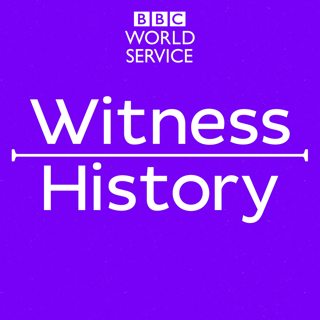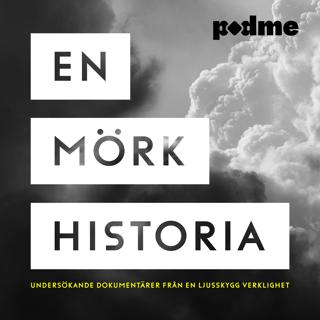
Vera Brittain: Anti-Bombing Campaigner
During WW2 the feminist and writer, Vera Brittain, spoke out against the saturation bombing of German cities. Her stance won her enemies in Britain and the USA. Vincent Dowd has been speaking to her daughter Shirley Williams about the impact of her campaign.Photo: Vera Brittain at Euston Station, London, in 1956. Credit: Central Press/Hulton Archive/Getty Images
13 Aug 20188min

Israel's Secret Peace Envoy
In August 1994 Yitzhak Rabin became the first Israeli leader publicly to visit Jordan. But in fact talks had been going on for years. Former head of Mossad, Ephraim Halevy, was Israel's secret peace envoy. He's been telling Louise Hidalgo about Rabin and King Hussein of Jordan's clandestine meetings during the often fraught road to peace.Picture; US president Bill Clinton looks on as King Hussein and prime minister Yitzhak Rabin shake hands on the White House lawn in July 1994 ahead of a formal peace treaty between Israel and Jordan later that year. (Credit: Mark Reinstein/Corbis via Getty Images)
9 Aug 20189min

The Azeri-Armenian Village Swap
At a time of a bitter ethnic conflict between Armenia and Azerbaijan in 1988, two villages managed to escape violence by swapping homes with each other. Bairam Allazov, an Azeri, and Ishkhan Tsaturian, an Armenian, told the BBC about how they managed to guide their neighbours and families to safety as war broke out in the Caucasus.Photo:Photo: Bairam Allazov (l) and Ishkhan Tsaturian (r). Credit: BBC
6 Aug 20188min

The First CIA Coup in Latin America
In 1954 Guatemala's left-leaning President Jacobo Arbenz was ousted from power by army officers backed by the CIA. In 2016 Mike Lanchin spoke to his son, Juan Jacobo Arbenz, about the events of that time, and the effects on his family.Photo: Jacobo Arbenz and his wife speaking with a group of French reporters in Paris in 1955. Credit: Getty Images
3 Aug 20188min

The Search for Iran's Nuclear Programme
In 2003 Iran agreed to let officials from the International Atomic Energy Agency into the country to look at its nuclear facilities. Olli Heinonen was one of the inspectors tasked with trying to establish whether or not Iran was trying to develop nuclear weapons. He's been speaking to Tim Mansel about what they found.Photo:The Iranian nuclear power plant of Natanz, south of Tehran.(Credit:Henghameh Fahimi/AFP/Getty Images)
2 Aug 20188min

The Retirement Home For Dancing Bears
In 1998 brown bears were declared a protected species in Bulgaria and the ancient tradition of forcing them to dance for people's entertainment became illegal. Farhana Haider had been speaking to Dr Amir Khalil, a veterinarian who helped establish a bear sanctuary in Bulgaria to look after the retired animals.Photo: Brown Bear. Copyright: EPA
1 Aug 20189min

Shambo The Sacred Bull
In July 2007, a standoff between monks and the Welsh government made headlines around the world. At issue was the fate of Shambo, a sacred bull which had tested positive for bovine tuberculosis. Shambo was eventually removed by police during a religious ceremony and taken away for slaughter. Simon Watts talks to Swami Suryananda, one of the monks who fought to keep the bull alive.PHOTO: Shambo (Press Association)
31 Juli 20188min

WW1: Britain's Conscientious Objectors
In 1916, Britain introduced conscription for the first time. But thousands refused to be part of the war effort. The government allowed people to apply for exemption on the basis of conscience. Those that did faced public hostility and abuse. Many conscientious objectors were pacifists, members of Christian groups, like the Quakers, or those who felt the war was wrong on political or moral grounds. The majority accepted service in non combat roles, But thousands refused to have any part in the war effort and were sent to prison. Hear archive recordings of the men who stood against the war. Photo: A crowd of conscientious objectors to military service during World War I at a special prison camp.(Hulton Archive)
30 Juli 20189min





















